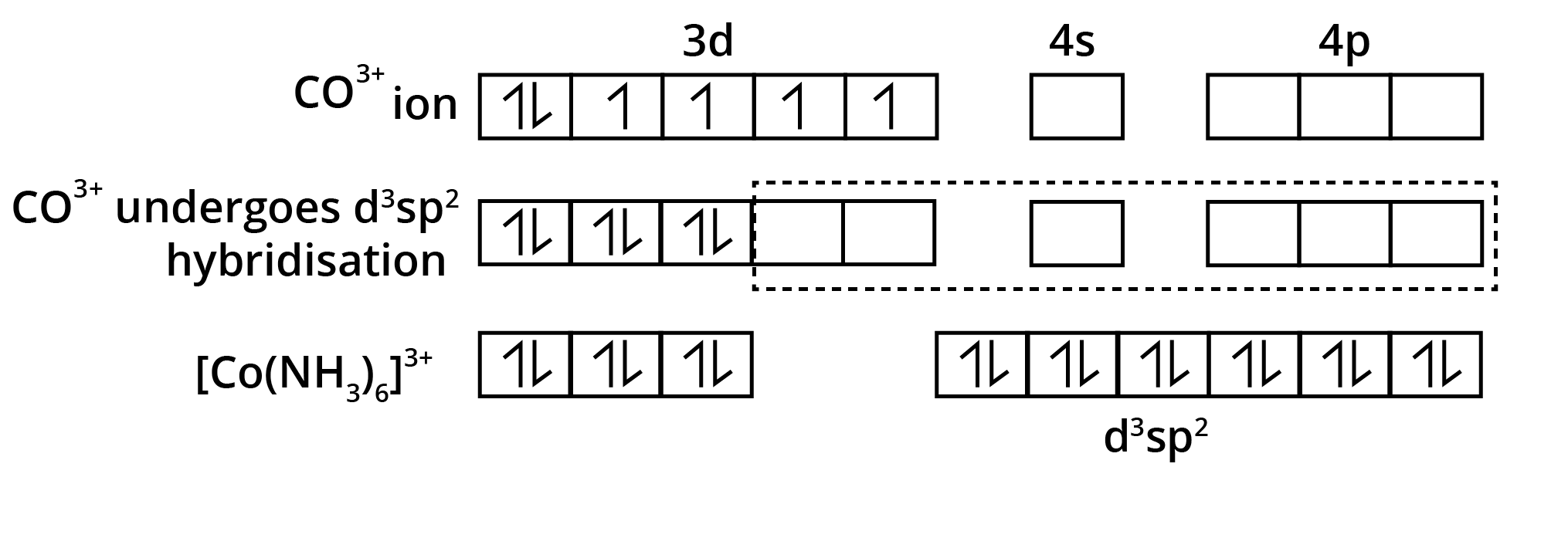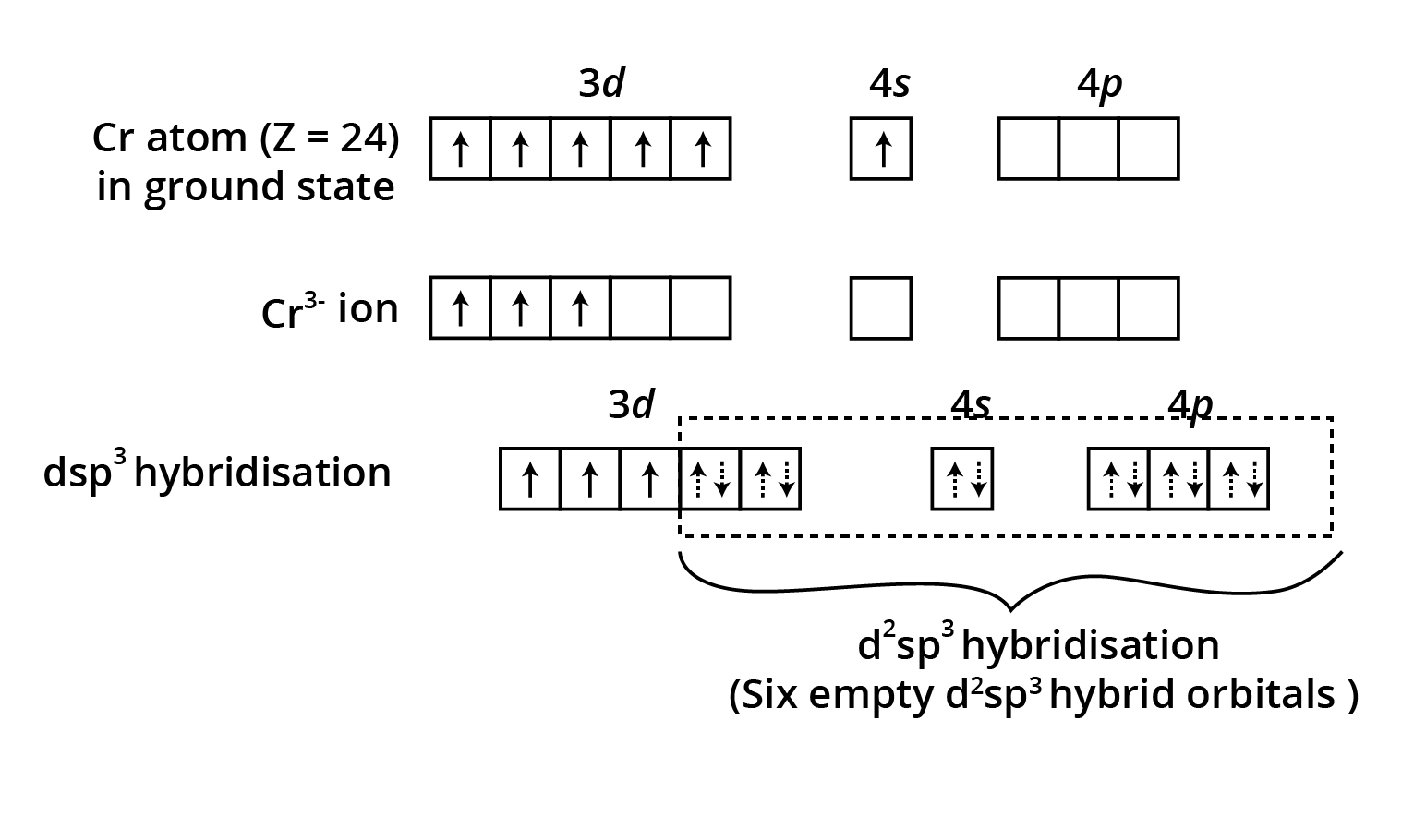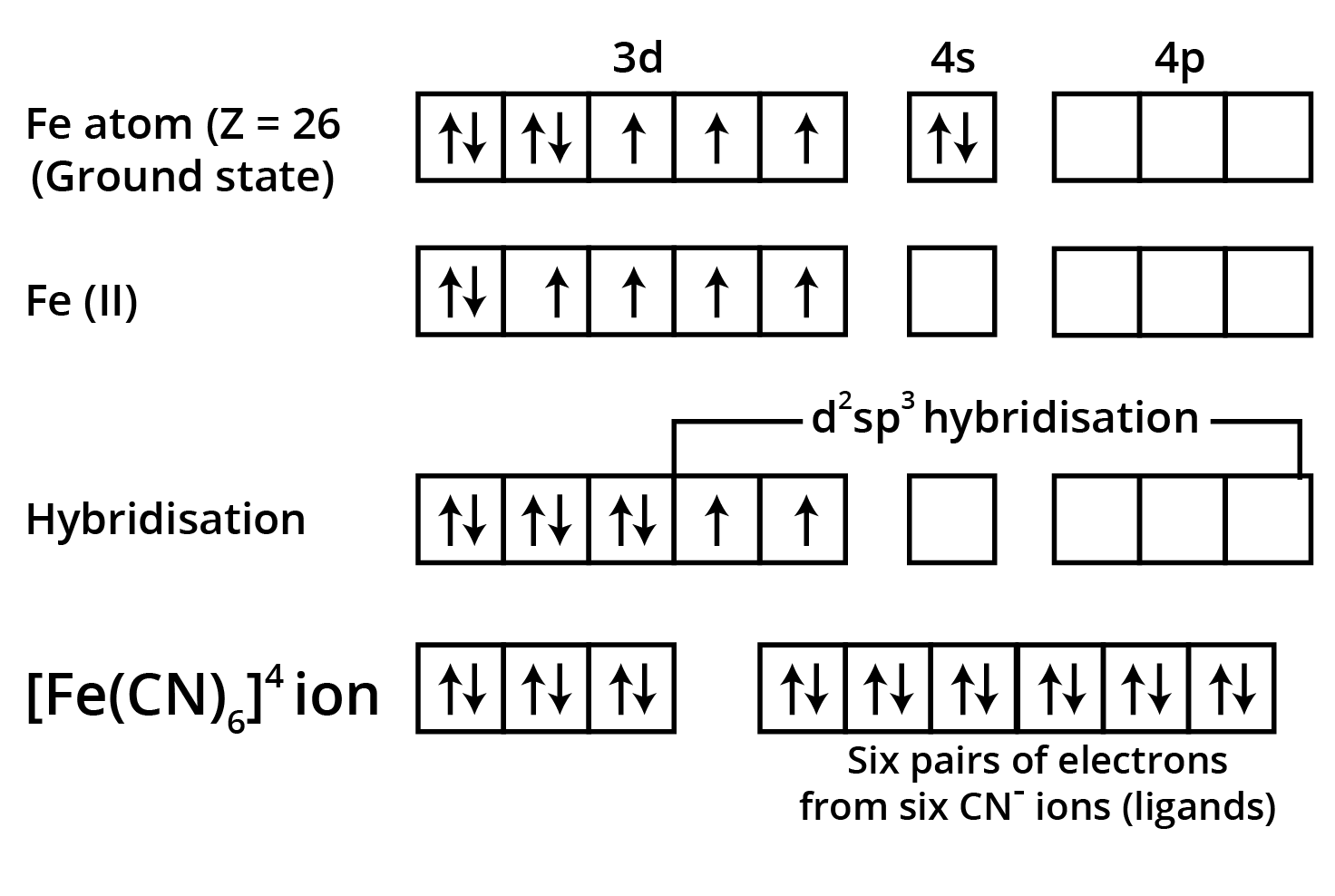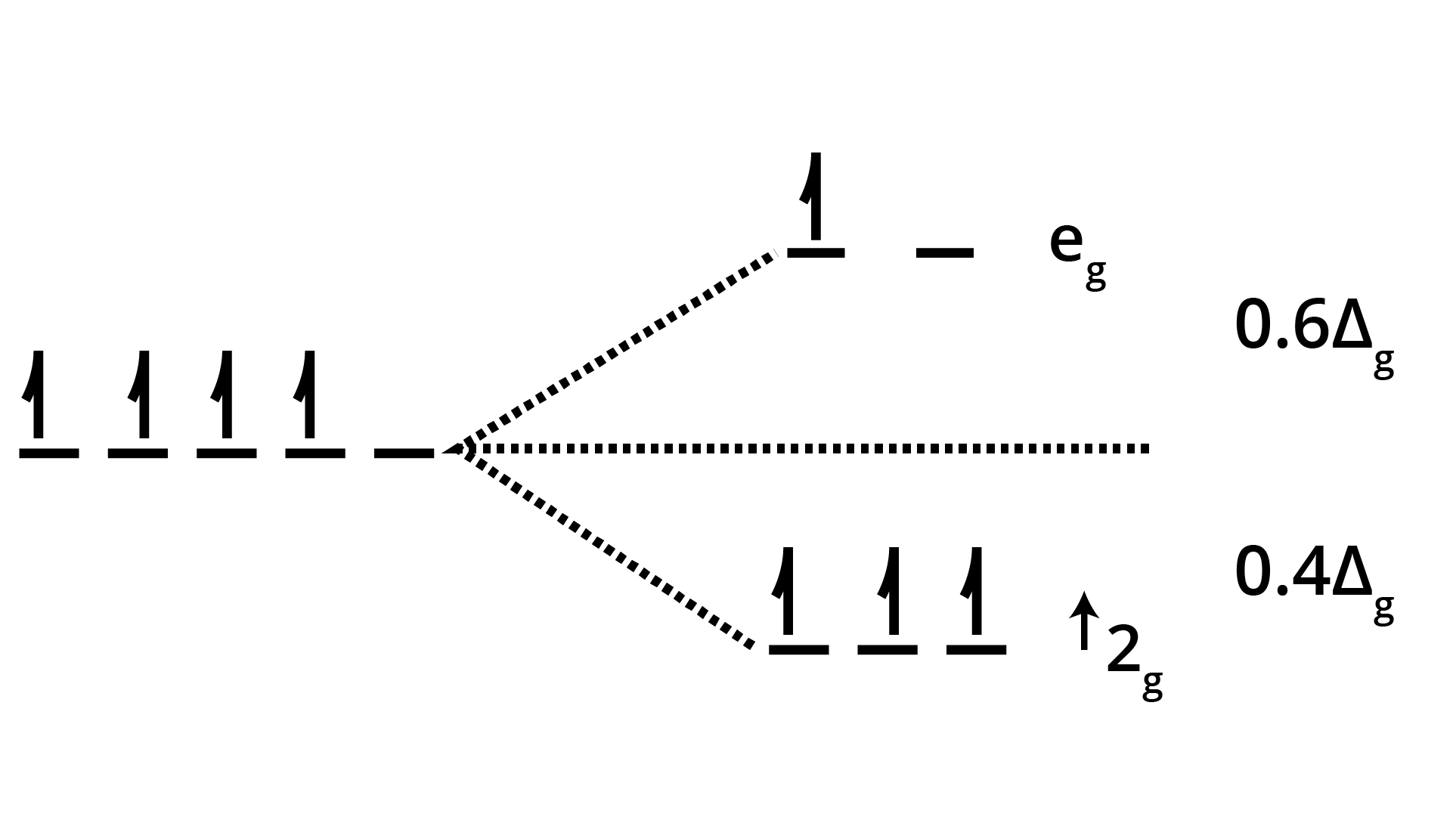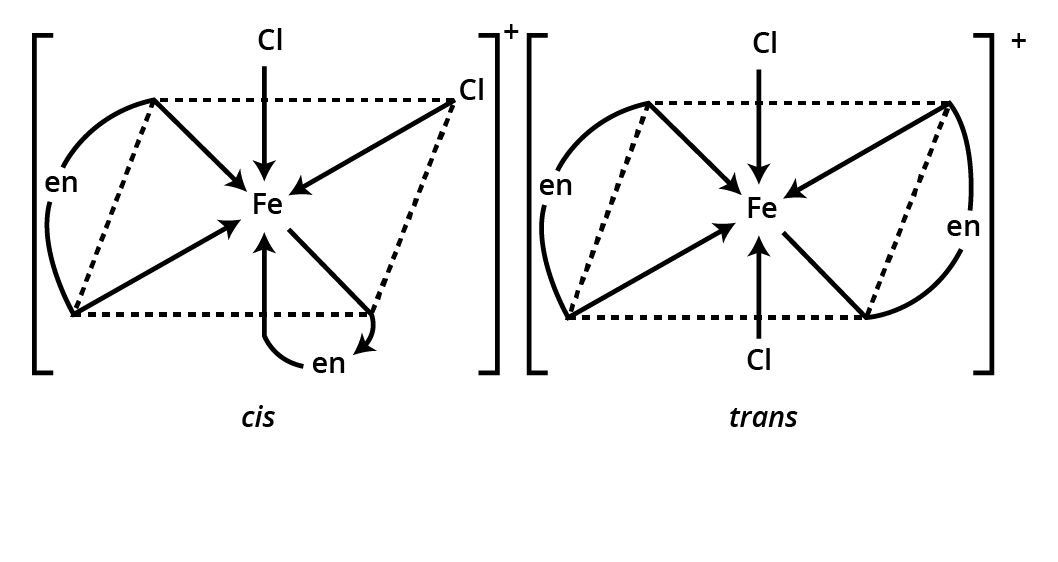CBSE Class 12 Chemistry Chapter-5 Important Questions - Free PDF Download
FAQs on Important Questions for CBSE Class 12 Chemistry Chapter 5 - Coordination Compounds 2024-25
1. What are important questions for CBSE Class 12 Chemistry Chapter 5 - Coordination Compounds for the academic year 2024-25?
Important questions for CBSE Class 12 Chemistry Chapter 5 - Coordination Compounds for the academic year 2024-25 are a curated set of questions that cover the essential topics, concepts, and applications related to coordination compounds. These questions are designed to help students practise and revise effectively, ensuring a strong understanding of the chapter.
2. Where can I find these important questions for Class 12 Chemistry Chapter 5 - Coordination Compounds?
You can find these important questions for Class 12 Chemistry Chapter 5 - Coordination Compounds on various educational platforms, online study resources, or through reference books specifically designed for Class 12 Chemistry. You may also find them on educational websites or coaching institute materials of Vedantu.
3. How can practising important questions help me in my Class 12 Chemistry exams?
Practising important questions helps students become familiar with the exam pattern, understand the types of questions asked, and improve their problem-solving skills. It also allows students to identify their weak areas and focus on specific topics that require further attention, thereby enhancing their exam performance.
4. Can relying solely on important questions be sufficient for Class 12 Chemistry Chapter 5 - Coordination Compounds exam preparation?
While practising important questions is beneficial, it is advisable to have a comprehensive approach to exam preparation. It is important to understand the underlying concepts, refer to the textbook, solve a variety of questions.
5. What are coordination compounds?
Coordination compounds are the type of addition compounds in which some of the constituent ions or molecules lose their identity and when dissolved in water they do not break up completely into individual ions, are called coordination compounds. Chlorophyll, haemoglobin, and vitamin B12 are, respectively the coordination compounds of magnesium, iron, and cobalt.
6. What are Chelating ligands?
A bidentate or polydentate ligand is called a chelating ligand if on coordination it results in the formation of a complex or cyclic ring structure. The coordination compounds formed are called chelates. The word chelate has been derived from the Greek word “chele” meaning claw. Chelating ligands form more stable complexes than non chelating ligands. A few examples of chelating agents are- EDTA, glycinate, oxalate, etc.
7. What is the coordination number?
The number of atoms of the ligands that are directly bound to the central metal atom or ion by coordinate bonds is known as the coordination number of the metal atom or ion. It is actually the total number of chemical bonds that the ligands form with the central metal atom or ion. The most common coordination numbers shown by metal ions are 2, 4, and 6.
8. List out the topics of chapter 5, class 12, which is Coordination Compounds?
The topics that fall under class 12 chemistry chapter 5 coordination compounds: Introduction and Werner's Theory of Coordination Compound, Valence Bond Theory in Coordination Compounds, Nomenclature of Coordination Compounds, Crystal Field Theory, Bonding in Metal Carbonyls, Definition of the Important Terms concerning Coordination Compounds, Importance and Applications of Coordination Compounds, Geometric and Optical Isomerism, Isomerism in Coordination Compounds, etc. VEDANTU has provided the topic-wise, well-organised, exam-centred notes of this chapter for students. Click the link given below for the benefits.
9. What is a coordination polyhedron?
In a coordination sphere, the complex ion or coordination entity has a specific geometry because the ligands that are attached to the central metal atom or ion occupy specific positions in space around the metal atom or ion. A coordination polyhedron is the spatial arrangement of the ligand atoms that are directly attached to the central atom or ion. The most common coordination polyhedrons are tetrahedral, square planar, octahedral, square pyramidal, and trigonal bipyramidal.























![$\mathbf{\left[\mathrm{Fe}(\mathrm{CN})_{6}\right]^{3-}}$ is an inner orbital complex whereas $\mathbf{\left[\mathrm{FeF}_{6}\right]^{3-}}$ is an outer orbital complex](https://www.vedantu.com/seo/content-images/a3dfebb6-e370-416e-a60f-8726152bcd49.png)
![$\mathbf{\left[\mathrm{Fe}(\mathrm{CN})_{6}\right]^{3-}}$ is an inner orbital complex whereas $\mathbf{\left[\mathrm{FeF}_{6}\right]^{3-}}$ is an outer orbital complex](https://www.vedantu.com/seo/content-images/7107ec25-8b3b-4150-867d-58be84860fc3.png)
![Valance Bond Theory that diamagnetic [Ni(CN)4 ]2- has square planar structure and paramagnetic [Ni(CN)4 ]2- ion](https://www.vedantu.com/seo/content-images/18f1b4f2-8cda-4131-87d7-12967f702925.png)
![Valance Bond Theory that diamagnetic [Ni(CN)4 ]2- has square planar structure and paramagnetic [Ni(CN)4 ]2- ion](https://www.vedantu.com/seo/content-images/e0035fae-bfc1-4a0b-a155-a125eaeea97e.png)
![Two complexes of nickel [Ni(CN)4 ]2- and Ni(CO)4 have different structures but do not differ in their magnetic behaviours](https://www.vedantu.com/seo/content-images/2533e378-2c1f-447a-bf6c-fda1b64a616c.png)
![Two complexes of nickel [Ni(CN)4 ]2- and Ni(CO)4 have different structures but do not differ in their magnetic behaviours](https://www.vedantu.com/seo/content-images/f7a9035d-1c2b-4745-b1de-769c6a8feb73.png)
![structures of geometrical isomers of the coordination complexes– [Co(NH3 )3 Cl3 ]and [CoCl2 (en)2 ]+](https://www.vedantu.com/seo/content-images/b30fc7b3-60b3-44fd-a6af-94dcfbadef6e.png)
![The geometrical isomers of [Co(NH3 )3 Cl3 ]](https://www.vedantu.com/seo/content-images/8fec687a-b583-4af2-a0e5-a361e72db24d.png)
